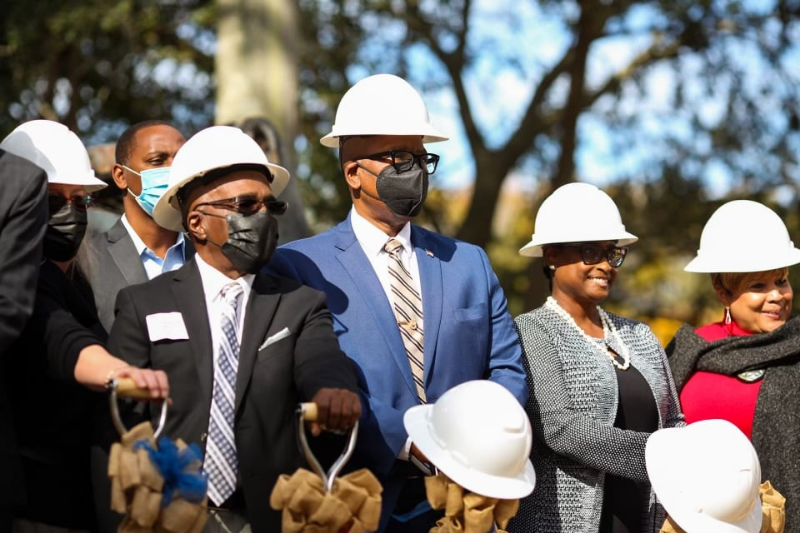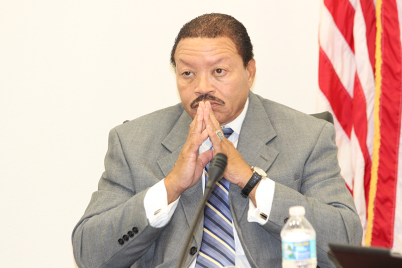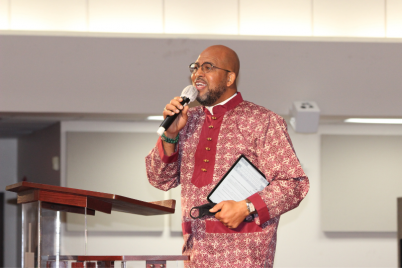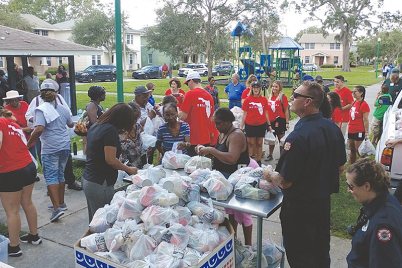Jordan Park, once revitalized, will feature a newly constructed 60-unit mid-rise building for seniors, 206 renovated family units, a new maintenance building, and a remodeled clubhouse and management office. The mid-rise will be built in the area formerly known as the Historic Village after the demolition of 31 vacant units.
ST. PETERSBURG – Last week, Mayor Ken Welch and other city and county leaders and members of the St. Petersburg Housing Authority broke ground on a $93 million redevelopment project at Jordan Park, located near the Deuces Ninth Avenue South.
This will be the first time since 2000 significant work has been done on the historic affordable housing development. Jordan Park was originally constructed from 1939-41 as the city’s first African American public housing complex. It sits on property donated by Elder Jordan, an icon in the city’s Black community.
The first phase of construction in 1939 included 242 units. Another 204 units were finished in 1941.
In 2000, most historical units were demolished and replaced with 237 new units, leaving only 31 original units from the Historic Senior Village and the old administration building, which now serves as the Dr. Carter G. Woodson African American History Museum.
The new construction is possible, in part, through $2 million in tax increment financing from the South St. Petersburg CRA. Funding for the project closed last December.
“After a period of delay, debate and changes in leadership, a new Jordan Park is on the way,” Mayor Welch said. “As we grow, we must make sure that everyone shares in that progress. We should never displace those who have worked hard and played by the rules. For too long, we have seen African-American residents displaced. That will not happen with the residents of Jordan Park.”
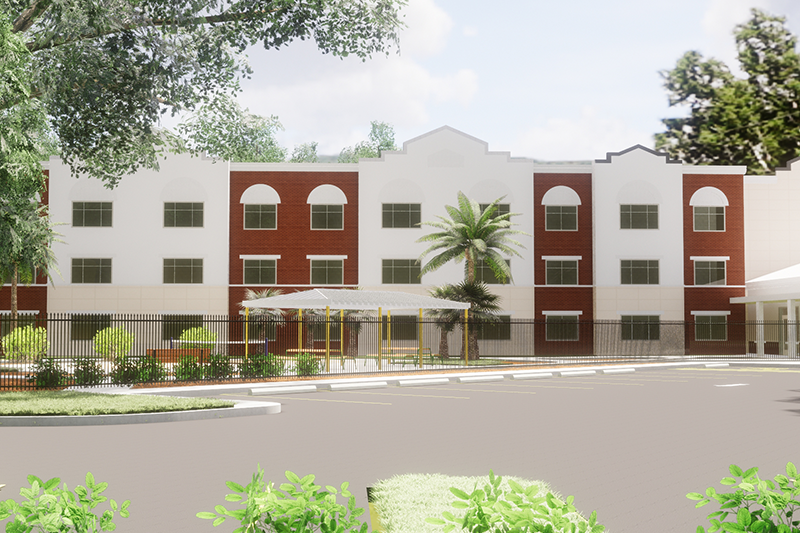
The redevelopment includes the construction of 60 new senior units within a three-story garden apartment building, including 54 one-bedroom and six two-bedroom units.
The city’s Codes Compliance Assistance Department will inspect residential units annually for five years, subject to tenant consent as part of the redevelopment.
The redevelopment includes the construction of 60 new senior units within a three-story garden apartment building, including 54 one-bedroom and six two-bedroom units. A total of 206 multifamily units will undergo substantial rehabilitation. Of those, there will be six one-bedroom, 105 two-bedroom, 90 three-bedroom, and five four-bedroom units.
Fifteen percent of the units will be available to those earning at or below 30 percent of Area Median Income (AMI), with 85 percent of the units available to those at or below 60 percent AMI.
Construction will prioritize employment opportunities during construction for CRA residents. The project also has a minimum goal of 30 percent total development costs to be paid toward Small Disadvantaged, Minority or Women-owned Business Enterprises.
The developer must also prioritize employment opportunities for Jordan Park residents, St. Petersburg Housing Authority residents at other sites, and Section 8 and low-income residents within the city through its general contractor and subcontractors. The targeted goal is 12 new hires.
Units will include energy-efficient features such as programmable thermostats, Energy Star ceiling fans, exhaust fans in bathrooms, windows, refrigerators, dishwashers and washing machines, and low-flow water fixtures in bathrooms.
“There are so many stories in the walls of these homes. I am not ashamed of being a product of Jordan Park. I wear it like a badge of honor,” said Pinellas County Commissioner Rene Flowers, who grew up in Jordan Park and now represents the area. “Because I have an opportunity and obligation to tell the kids here now about all of the things I did, and they can do it too.”
“Everyone deserves safe, clean, affordable housing,” she added.

